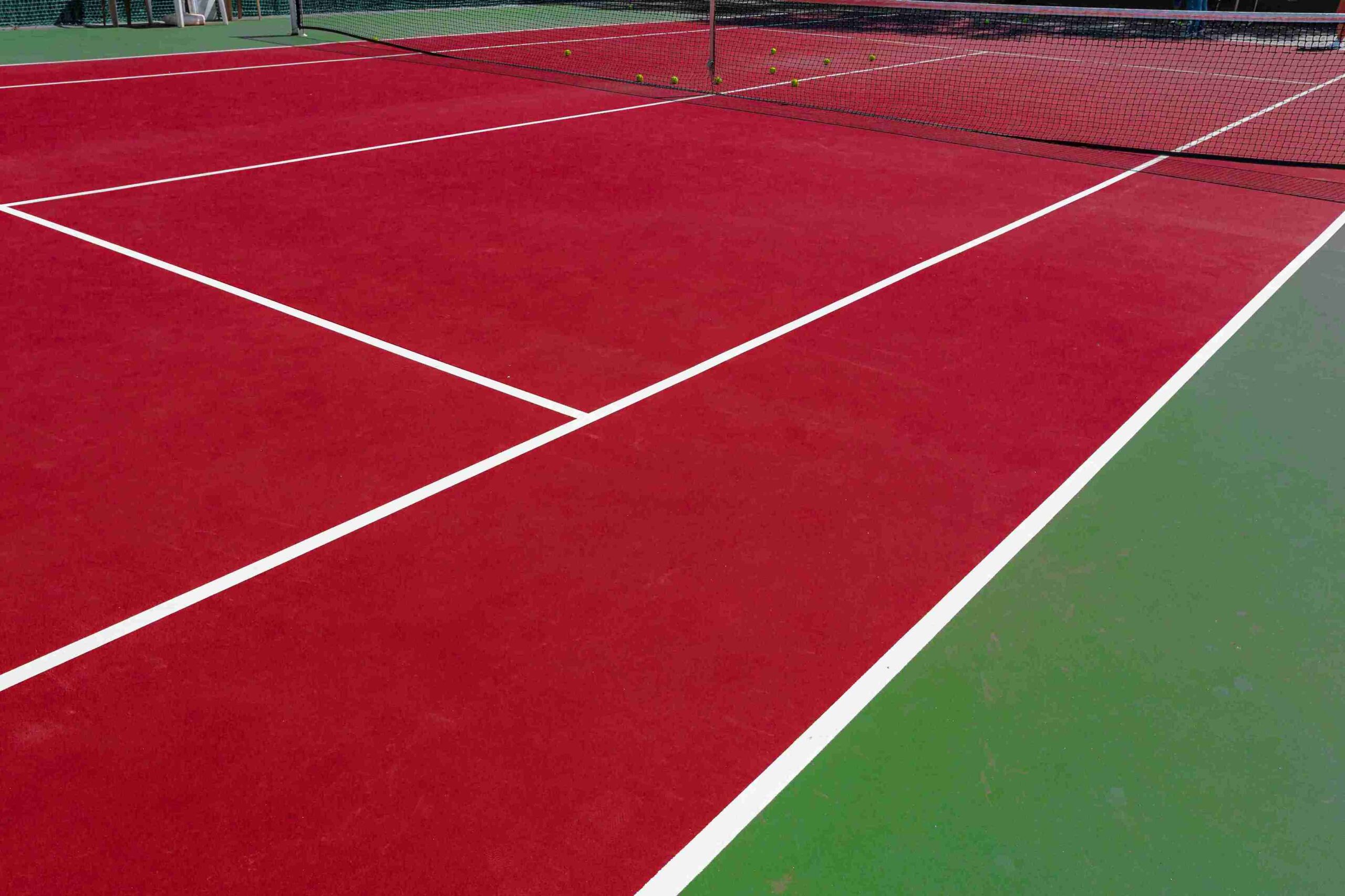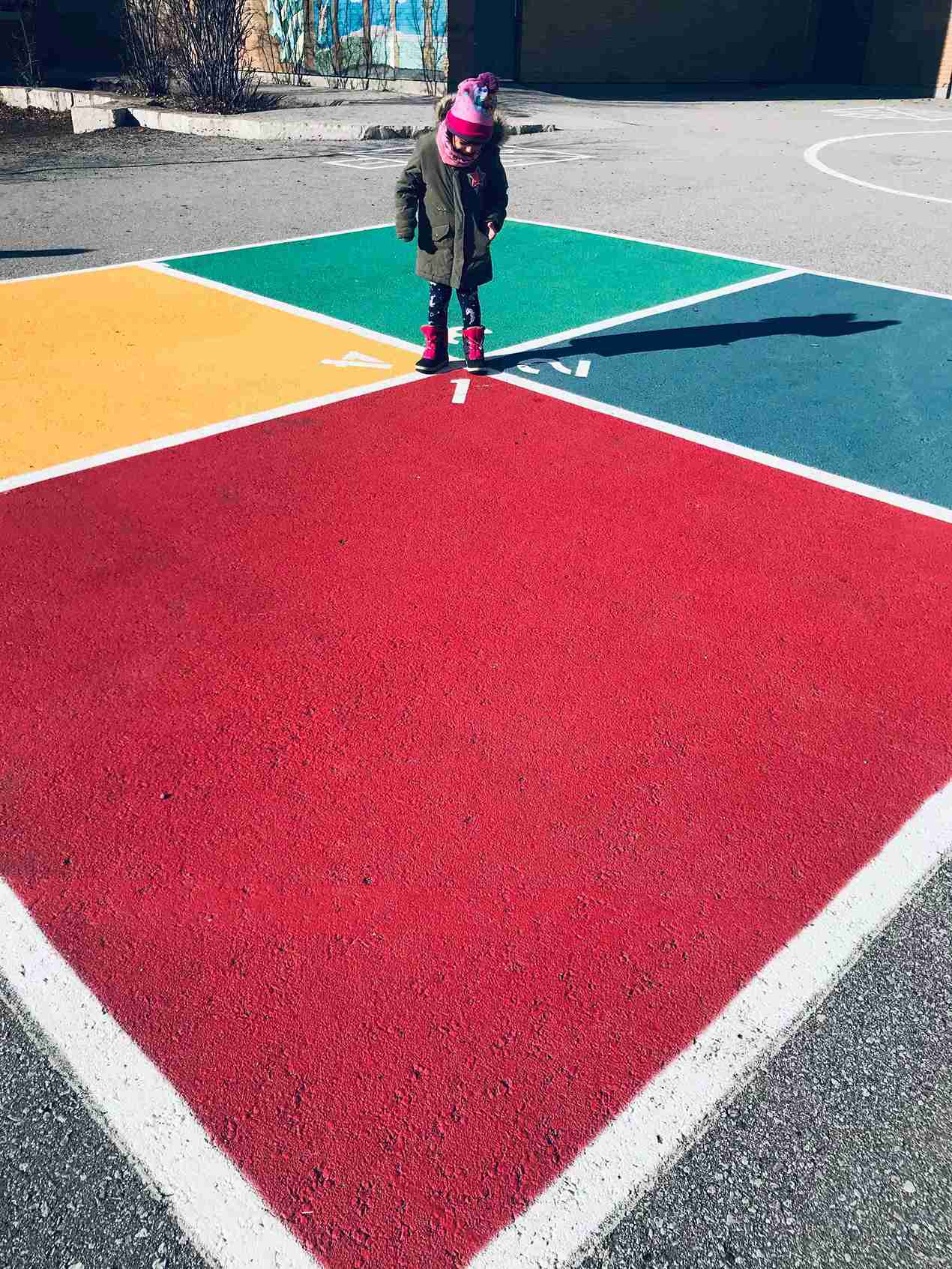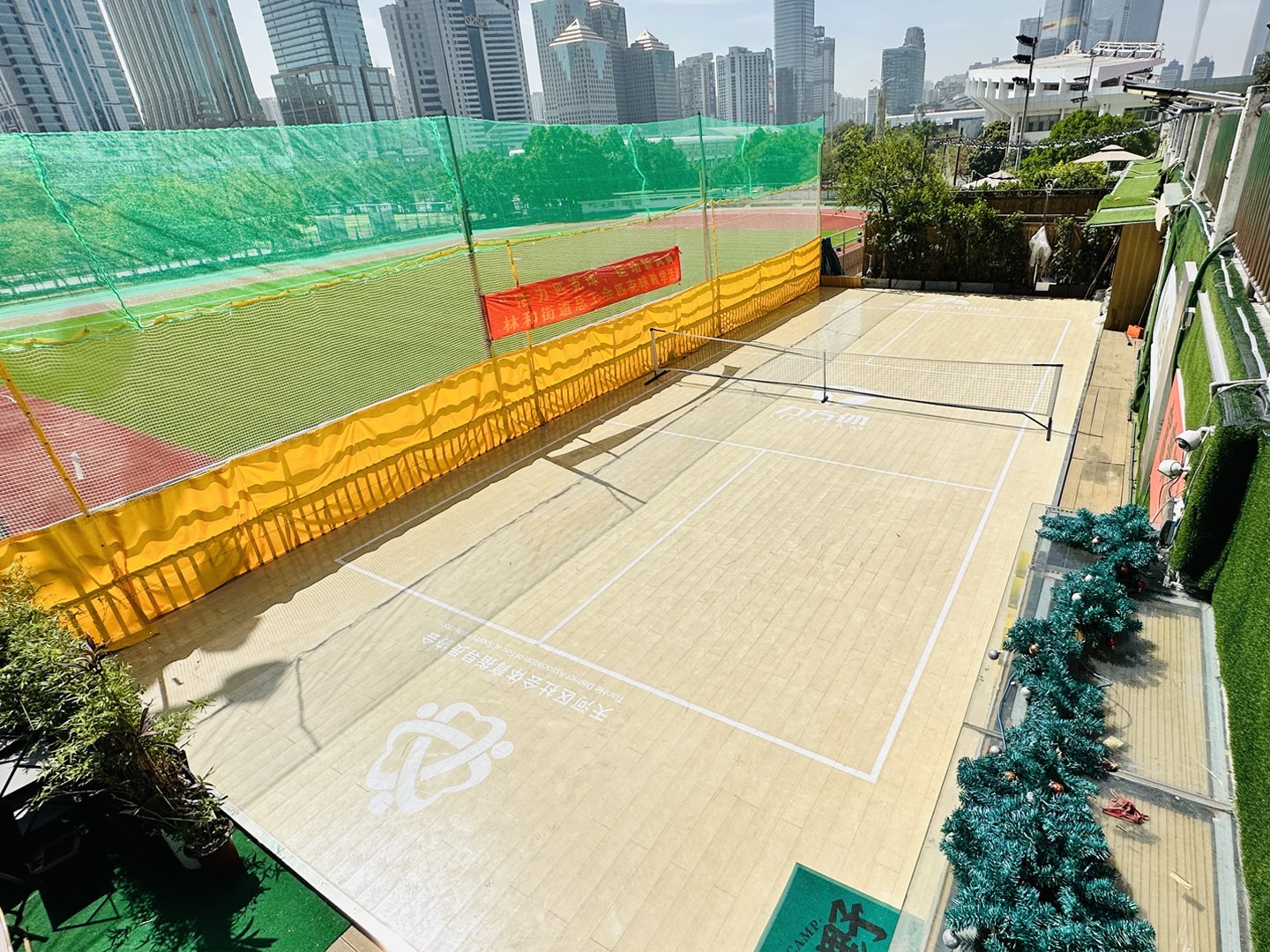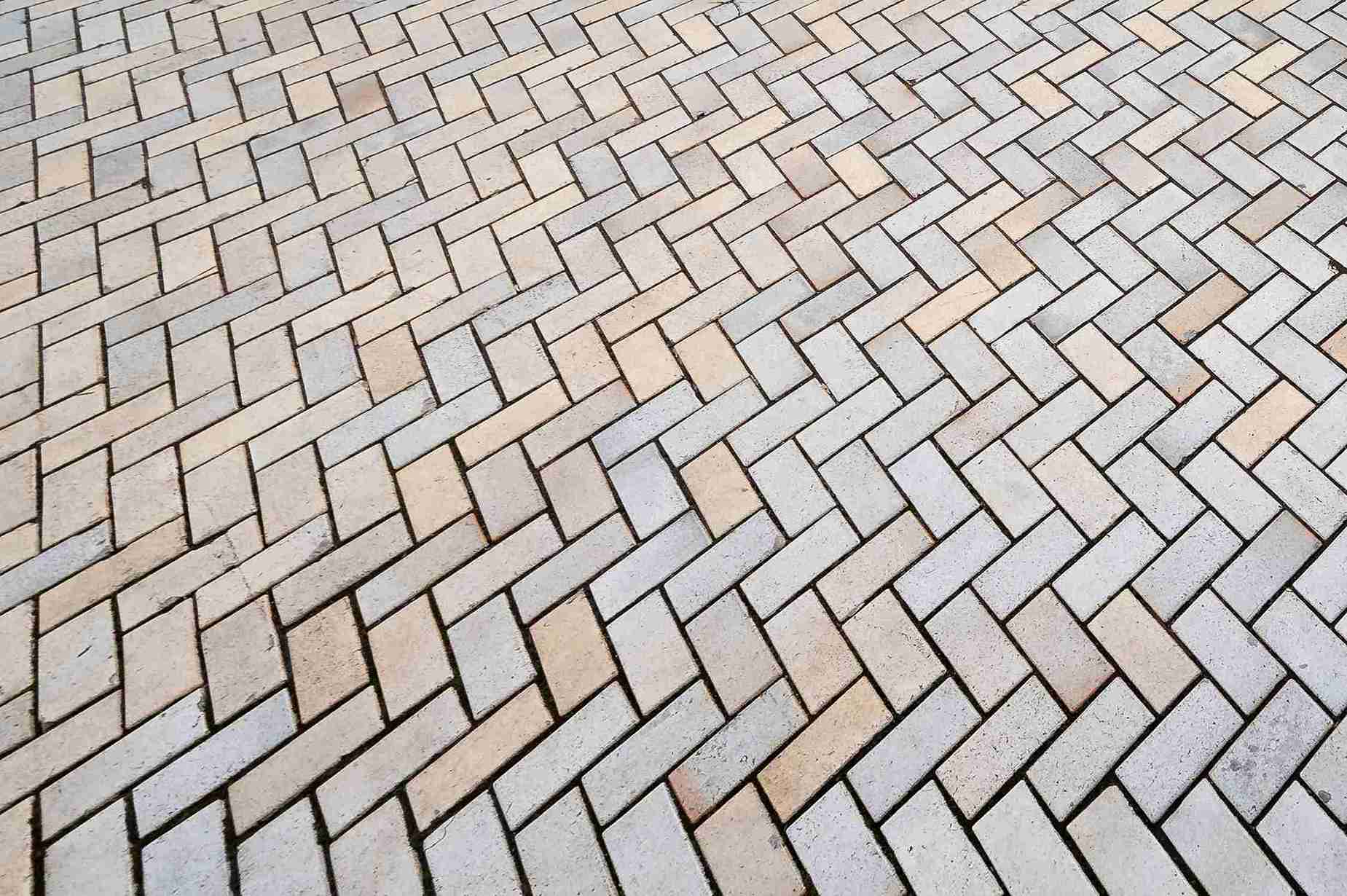High-quality basketball court flooring is a critical investment for any sports facility. Whether you’re managing a municipal gym, an educational institution, or a professional sports arena, the right flooring ensures player safety, enhances performance, and provides long-term durability. With the growing demand for versatile, high-performance courts, suspended sports flooring has emerged as a top choice.
This comprehensive guide will walk you through essential considerations, available options, installation processes, and maintenance tips for selecting the perfect flooring for your basketball court.
Why High-Quality Flooring Matters in Basketball Courts
Basketball is an intensive sport that demands quick movements, high-impact landings, and sudden changes in direction. These actions take a toll not only on the players but also on the court itself. High-quality flooring addresses these challenges, offering benefits such as:
- Shock Absorption: Reducing the risk of injuries by cushioning impacts.
- Performance Enhancement: Providing consistent ball bounce and traction.
- Durability: Ensuring the floor can withstand heavy use over the years.
- Aesthetics: Creating a professional look that enhances the appeal of the facility.
Investing in superior suspended flooring establishes your facility as a hub for top-tier sporting events and player development.
Key Factors to Consider When Selecting Basketball Court Flooring
When choosing a flooring solution, several factors should guide your decision-making process.
1. Material
Common materials include wood and synthetic options. Each has unique properties suited to different needs, which are explored further below.
2. Shock Absorption
Look for flooring designed to minimize strain on players’ joints and muscles. Shock absorption ratings are critical and often measured as a percentage.
3. Maintenance Requirements
Choose a solution that aligns with your facility’s capacity to perform regular cleaning and maintenance.
4. Cost
While initial costs may vary, evaluating long-term performance, durability, and ease of maintenance ensures better returns on your investment.
5. Eco-Friendly Options
Opt for flooring crafted from sustainable materials to reduce your environmental footprint.
Types of Suspended Flooring for Basketball Courts
Suspended sports flooring is engineered for precision and performance. Here’s a breakdown of the most common types and their advantages.
Wood Flooring
Wood has long been the gold standard for basketball courts, especially at professional and collegiate levels.
Pros:
- Exceptional performance with superior ball bounce.
- Classic aesthetic appeal.
- Long lifespan with proper maintenance.
Cons:
- Susceptible to water damage and humidity.
- Higher initial and maintenance costs.
Synthetic Flooring
Synthetic flooring options like vinyl and polyurethane are becoming increasingly popular in multipurpose facilities.
Pros:
- Versatile and cost-effective.
- Resistant to water and wear.
- Easier to maintain compared to wood.
Cons:
- Slightly less consistent ball performance.
- Lower aesthetic appeal for traditional basketball settings.
Each material carries distinct advantages, so it’s essential to evaluate your specific needs before finalizing your choice.


Step-by-Step Sports Flooring Installation Guide
Proper installation ensures the maximum performance and longevity of your new court. Here’s how suspended flooring is typically installed for basketball courts.
1. Subfloor Preparation
Ensure the subfloor is clean, level, and dry. Repair any cracks or imperfections to create a smooth base for installation.
2. Layout and Design
Plan the layout based on your court dimensions, factoring in any customizations like logos or specific markings.
3. Underlayment Installation
Install an underlayment to provide additional shock absorption and act as a moisture barrier.
4. Flooring Assembly
Carefully assemble the flooring panels, ensuring alignment and interlocking for a uniform surface.
5. Perimeter Installation
Securely affix perimeter boards or edge trim for a professional, finished appearance.
6. Inspection and Testing
Inspect the flooring for gaps and irregularities. Test for proper shock absorption and overall performance.
7. Final Cleaning
Clean the surface and apply protective coatings or sealants as recommended.
Correct installation guarantees optimal functionality and aesthetics for your basketball court.
Maintenance Tips to Extend Flooring Life
High-quality flooring deserves high-quality care to keep it performing at its best. Follow these tips to maintain its condition for years to come.
- Daily Cleaning: Sweep or vacuum to remove debris.
- Weekly Mopping: Use a neutral pH cleaner to clean and maintain shine.
- Spill Cleanup: Address spills promptly to avoid stains or damage.
- Avoid Harsh Chemicals: Use only approved cleaning agents.
- Protective Mats: Place mats at entryways to reduce dirt and wear.
- Routine Inspections: Check for signs of damage and address issues early.
- Annual Professional Maintenance: Schedule yearly professional cleaning and inspections.
- Climate Control: Maintain consistent temperature and humidity to prevent warping or expansion.
Why Quality Suspended Flooring is a Game-Changer
Choosing high-quality suspended flooring for a basketball court is about more than aesthetics—it’s about player safety, performance, and long-term reliability. With superior shock absorption, customizable designs, and durable materials, these floors set the stage for success in any sports facility.
If you’re ready to transform your court, contact VMKONSPORT for a free quote today. With expert installation and eco-friendly options, we’ll help you create a court that champions the game and the environment.









